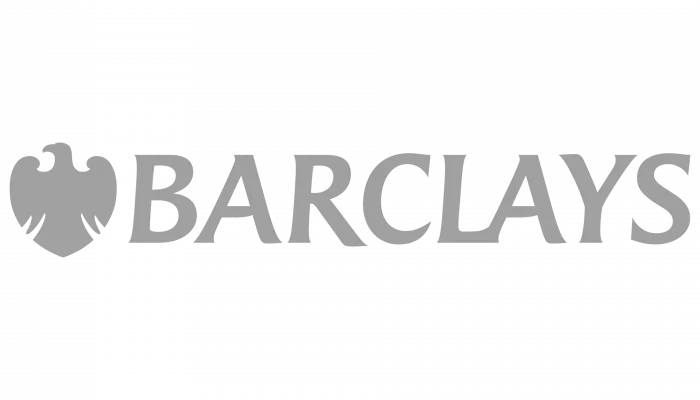With banks offering tiny returns on cash savings and ISAs and the fairly recent stock market volatility still fresh in people’s minds, investing in property is still considered by many to be the best way to invest their money.
This longheld belief is part of the British love affair with real estate and is one reason why homes in some parts of London and the South East are now values at many times the average person’s annual salary. With demand for homes outstripping supply year on year and historically low mortgage rates, it is clear to see the appeal to the investor considering a plunge into the buy-to-let market.
So, you have made the decision to invest. How best can you mitigate the risks involved with owning property as an investment? Here are our 5 top tips;
- Decide how you intend to buy - Are you a high rate tax payer? Do you intend to borrow money to leverage your deposit? If so, consider the tax benefits of buying through a limited liability company. Investment in the Buy-to-let sector is no longer an attractive option to the highly borrowed private individual that pays tax at the highest rate.
- Do your research - Pick a location you know and which is ‘on the up’. You don’t want to buy in a poor location that is becoming a problem. Just because somewhere is cheap does not mean it’s a good investment. You should be considering capital growth as well as initial return on capital. Consider buying close to home. How will you deal with that burst water pipe of broken central heating boiler if your property is 200 miles away?
- Buy the right type of property - There is little sense buying a large family home in an area popular with the sophisticated urban professional, or the one bedroomed flat in an area with great schools popular with young families. Consider whether multi-occupancy is right for you. If it is, University towns and locations with large infrastructure projects underway may offer you a pool of tenants looking for shared accommodation.
- Allow for a contingency - Make sure you do your sums. Don’t forget stamp duty, legal fees, inspections by gas and electrical specialists, repair and maintenance, agent’s fees and disbursements and the voids you can expect between tenants. Who pays the mortgage when the property is empty (or worst still, occupied but not rent producing!). Make sure you have a cash contingency to cover you for the most scenarios.
- Ask yourself one question - Are you ready to be a Landlord? Do you have the time and inclination to deal with difficult tenants that won’t pay you rent? Is the extra return you might receive worth the hassle you are likely to get at some point during your ownership? Can you afford to pay six months mortgage payments if your tenant stops paying rent and won’t move out? Owning a buy-to-let property in the right location can be hugely lucrative in the long term, but it’s not like having a cash ISA. There is a reason higher returns can be made on property and this is in part down to the ‘hassle factor’ and the potential risk involved.
Of course, the upsides can be enormous, especially if you buy right, let well and borrow shrewdly.
To speak to a buy to let mortgage adviser contact us on 01628 507477.
Related articles:
Recent posts

Here are the lowest fixed mortgage rates of the week, available to first-time buyers, home movers, buy-to-let, and those remortgaging.
Call us for more information: 01628 507477 or email: team@mortgagerequired.com.
Autumn Budget 2025: A Summary
7 days ago

Chancellor, Rachel Reeves, has delivered the Autumn 2025 budget. We have summarised the government's plans for tax and spending.
Renters' Rights Act
19 days ago

The Renter’s Rights Bill became law at the end of October, which means it has been signed off by the King, and it is now the Renters’ Rights Act. Despite this becoming law, these changes are likely to start changing within the next six months, with the aim of being fully implemented throughout 2026 and into 2027.
Mortgages and budgeting to be taught in schools
26 days ago

A welcome change in school is coming as financial literacy is due to become compulsory in schools in England.
The Government has announced that as part of the new national curriculum, children in primary and secondary education will be required to learn about budgeting, compound interest, managing money, and mortgages.
The top 10 most beautiful villages in the world
24 Oct 2025

Forbes has published a global ranking of stunning locations and one popular picturesque corner of the UK has nabbed top spot.

Over three years after the Mini-Budget took place, we look at what the mortgage market looks like now, showing the difference in mortgage repayments.

The government has announced plans to make buying or selling a home cheaper and quicker with what is being called the “biggest shake-up to the homebuying system in this country’s history.”
More borrowers using equity release
1 Oct 2025

Almost one in five equity release mortgages are now taken out to provide financial support to family.



















